
Madrasa 9: Women's Education
-
Alternate Education
- at 22 June 2012
SYED JAWED ANWAR
First Published: Muslims Weekly, New York; June 5, 2004, Issue No.#223
“…Those truly fear Allah, among His Servants, who have knowledge…” (Al-Qur'an 35: 28). “They will further say: "Had we but listened or used our intelligence, we should not (now) be among the people of the Blaze” (67: 10). “…Say: ‘Lord, increase me in knowledge’” (20: 114).
Prophet Muhammad (s.a.w.) said, “The search for knowledge is a duty for every Muslim man and woman,” and, “Seek knowledge from the cradle to the grave.”
The guidance of the Qur’an and of the Hadith (teachings of the Prophet) inspires every man and woman to seek knowledge. Aisha (r.a.), the youngest wife of Prophet Muhammad (s.a.w.), was the most learned lady of her time. One of the reasons that the Prophet married Aisha (r.a.), in her youth, the part of life most pliable and conducive for learning, was in order to inculcate the values needed to lead and influence the sisterhood of Muslim women. Aisha (r.a.) had an outstanding quality of intelligence and memory and, by virtue of these qualities, is considered to be one of the most reliable sources of hadith (sayings and traditions of Muhammad, s.a.w.). She reported more than a thousand ahadith and is regarded as one of the greatest teachers of the hadith. She had expertise in the Qur’an, law of inheritance, other lawful and unlawful matters, poetry, Arabic literature, Arab history, genealogy, and general medicine. Men and women both attended her teaching sessions. Imam Ibn al Jawzi mentioned in the Cream of the Cream from Hisham ibn Urwa that Urwa said to Aisha, “Umm! I am not surprised at your knowledge of poetry since you are the daughter of Abu Bakr, but I marvel at your knowledge of medicine.”
The first Madrasah for women and with a female teacher was established in the home of Aisha (r.a.), the mother of Muslims. With a curtain separating the men from the women, men also attended Aisha’s classes.
Both men and women also received knowledge and instruction from the Prophet’s other wives and from female companions like Umm Sulaym, Umm ad Darda’, Fatima bint Qays al-‘Adawiyya, and other women after them. When Prophet Muhammad (s.a.w.) migrated to Madina, he ordered the women of the Ansar (native of Madina) to gather in one house, and he sent Umar ibn al-Khattab to them to convey the teachings of Islam, reported Umm ‘Atiyya (Ibn Sa’d’s Kitab at-Tabaqat al Kabir). This was the first Madrasah for women taught by a man. The Prophet even commanded that the slave girls be educated, and he asked Shifa bint Abdullah to instruct his wife Hafsah bint Umar. Both men and women have attended lectures of the Prophet, and by the time of the Prophet’s death, there were many women scholars.
Asma bint Abi Bakr was another highly knowledgeable person. She was also an expert in the science of dream interpretation. Amra bint Abdur Rehman was a student of Aisha (r.a.) and very close to her. Her opinions overrode the views of other authorities. Ibn Saad refers to her as an aalima, or scholar. In the Muwatta she is taken as the authority of three legal issues: the prohibition against digging up graves, the ban on selling unripe fruit, and the effect of crop damage on the sale of agricultural produce.
In the long list of scholars in the early centuries of Islam, one was Nafisa bint al-Hasan (d.208/824), a female teacher of Imam Shafi‘i, one of the five most famous Imams (founders of a school of opinion). The Imam sat in Nafisa’s circle in al-Fustat at the height of his fame in Egypt. In his History of Damascus, Hafiz Ibn Asakar (1175) mentioned the names of eighty women from whom he studied the knowledge of Hadith. The Imam of tasawwuf, Hafiz Ibn-e Asakar, was the student of Shuhda bint Abi Nasr (d. 574/1178), one of the best scholars of her age. She used to lecture publicly in one of the main mosques of Baghdad on various topics.
In Islamic history, there are several examples that Muslim men taught women and Muslim women taught men. However Imam Bukhari, after referring to some examples from Hadith, set some principles for teaching the opposite sex (in his chapter on warning and teaching women). He allowed the presence of women at meetings and assemblies on the condition that they would be safe from sexual temptation.
Women of Islam took great interest in spreading mass education in different parts of the world. The sister of Ghazi Slahuddin Ayyubi (1193), Zammurd, and niece Uzra, founded two separate Madrasahs. A Muslim woman Fatima bint Muhammad al-Fihri is the founder of the oldest living university of the time (much older than Oxford, England and Al-Azhar, Egypt), the University of Qarawiyyin (founded in 245H/859A), Fes, Morocco. Her father was a rich businessman, and she spent all her inheritance money to build and decorate the university. To become closer to Allah, she fasted continuously during the construction of the university. The university building is the finest standard of architect. Within the university is a masjid in which thirteen thousand people can pray at one time, and there is a huge, unique library. Students from Algeria, Sudan, Nigeria, Ghana, and other African nations come here to seek knowledge and higher education.
Razia Begum (637H/1240A) the third ruler of Muslim India, established two Madrasahs in Delhi; Moazzia and Naseriya. In the period of Sultan Muhammad Shah Tughlaq (d. 752H/1351A) there were one thousand Madrasahs in Delhi, and several of them were for women. There were Madrasahs for women all over Muslim India. During his journey in South India, the famous Moroccan voyager Ibn Battuta (d. 779H/1377A) mentioned about two girls’ Madrasahs in the Islamic state of Hunnoor. In the castle (secretariat and capital) of the ruler of Malwa, Sultan Gyasuddin Khilji (d. 906H/1500A), there were ten thousand women employees. According to the famous historian Farishta, thousands of them were Haafizat ( women who memorized the whole Qur’an), Qariyat (expert in recitation of the Qur’an), Aalimat (scholars), and Mualimmat (teachers).
Women’s education must have a system to fulfill the three basic responsibilities of women as defined in the Qur’an and Hadith: 1. the bearing of children; 2. the evolving, nurturing, and training of kids; 3. the providing of comfort and peace in the home.
In the Western modern civilization, a woman is a commodity, an advertisement tool, a material producer, and a sex idol, and family life is optional. But in the Islamic civilization, a woman is a wife, a mother, a sister, and a daughter, and family life is obligatory. Women are exalted spiritually because of her contribution in the natural reproduction of the best creature on this earth, human beings. “And We have enjoined on man (to be good) to his parents: in travail upon travail did his mother bear him, and in years twain was his weaning: (hear the command), ‘Show gratitude to Me and to thy parents: to Me is (thy final) Goal’” (Al-Qur’an 51: 14). It is reported that a man came to the Prophet and asked, “Messenger of Allah, who is the most deserving of good care from me?” Three times the Prophet replied, “Your mother,” then he said, “then your father, then your nearest relatives in order.” In another hadith, the Prophet said, “Paradise lies at the feet of mothers”; in other words, Paradise awaits those who cherish and respect their mothers.
Population growth has decreased dangerously low in all Western and Western-influenced countries. However, the birth and reproduction is necessary to continue the human race. Nurturing and training young boys and girls is the woman’s primary job, and this is the best job in the eyes of the Creator. Earning an income and struggling for livelihood is an inferior job and is a responsibility solely assigned to men.
The kindergarten of even an uneducated and untrained woman’s lap is better than the information center of public kindergarten. A woman of any knowledge or no knowledge is the best educator of her baby. Through providing milk, singing, and telling stories, a mother can teach love, respect, sympathy, sacrifice, attachment, and other moral qualities. By sending children to pre-kindergarten, kindergarten, or day care centers operated by secular teachers (now even gays and lesbians) or to secular baby sitters, parents morally slaughter and bury their children. All the most noble, respectable, and highly moral and spiritual people were trained in the laps of good women of high character.
Biographies and articles of Khaja Qutbuddin Bakhtiar Kaki (d.1235), Khawja Nizamuddin Mahboob Ilahi (d.1225) of medieval India, Sir Syed Ahmed Khan (1818-1898), Maulana Muhammad Ali Jauhar (1873-1931), and Dr. Muhammad Iqbal (1873-1931) of modern India who did great services to Ummah (community), confirmed that they were the products of wonderful mothers. On the other hand, the kindergartens of broken and disturbed families produce evil and revengeful personalities, as confirmed by the biographies of Hitler and Mussolini.
A duty of the married woman is to provide comfort in the home. When her husband comes home after a hard day’s work, she should welcome him with a smile, warm hugs, comfort, and love. She should develop an environment where everyone in the home can find peace and stability.
The elementary or primary education of the Madrasah was co-education; boys and girls attended together until the age of nine or ten. There was also a tradition of lady teachers operating girls’ Madrasahs from their homes, and young boys also attended these schools.
The syllabus of the girls’s Madrasah was different from boy’s Madrasah and was designed to equip a woman to fulfill her responsibilities assigned by the Creator. Although there was not an organized or uniform syllabus, information gathered from different sources shows the syllabus of women’s education were as follows: Tafseer, Hadith, Fiqah, responsibilities of women, Akhabar –e-salf (life history of prophets, scholars and other great people of Islam), Milad (birth and seerah of Prophet Muhammad (s.a.w.), calligraphy, cooking, handicrafts, sewing, and weaving. In Muslim India, higher education for women was neither obligatory nor highly recommended (especially when it negatively affected family life), but it was never banned. Women of high-class society --from the homes of rulers, government officials, and from the homes of Islamic scholars-- generally received higher education.
Selected examples in different disciplines of education recorded by Professor Muhammad Saleem:
1. Knowledge of Hadith: Several women learned Mishkaat with the help of its Farsi translation. Maulana Shah Ismail Shaheed educated her sister with Mishkat. The daughter of Muhammad Bashir Sahsawani Muhaddis was also a Muhadissa (an expert of Hadith).
2. Tasawwuf: Several women learned Fawad ul Fawwad, the sayings and writings of Nizam uddin Mahboob e Ilahi and Masnavi Maulana Room. Jahan Aara Begum, the daughter of Emperor Shahjahan, has written a book on the life of Sufis.
3. Fiqah: The daughters of Maulvi Abdul Ahad, Malik Matba Mujtabai were scholars and poets. Most of the women of the Shirwani family were high scholars.
4. Arabic Language: The niece of Nawab Ammad ul Mulk had written letters to her uncle in the Arabic Language. She also knew the English language. The daughter of Muzammil ullah Khan was a poet in the Arabic language.
5. Logic: Sharful Mulk Nawab Ghaus Mohammad Khan, chief minister of Karnataka, studied logic from her mother.
6. Medicine: The daughters of Hakim Abdul Majid Khan Dehlavi were all practicing medical doctors.
7. Skills of Warfare: The women of the family of emperors were trained in the skill of warfare. When the emperor Humayun was leaving India and going to Iran without any force, his sister Gulbaden Begum joined him and was fully armed. Zeenat Mahal, wife of Bahadur Shah Zafar (d.1274H/1857A) commanded a battalion in the freedom movement in 1857 against the British occupation force.
8. Expertise in Official Affairs: Nawab Sikander Jehan Begum Bhopali (d. 1285H/1868A), learned “Daftar Abul Fazal,” was an expert in mathematics and could read extremely broken handwriting.
9. Wide-ranging Knowledge: When Nawab Shahjahan Begum of Bhopal was on a tour of Calcutta in 1870, a woman submitted a job application to her. The applicant had mentioned, “This applicant belonged to the ruined city of Delhi. I have an expertise in the Farsi and English language and poetry and know various skills and art crafts, know the history of cities, learned calligraphy from Hafiz Muhammad Punja Kash Dedlavi (pioneer of one of the schools of calligraphy), and Bahadur Shah awarded [this applicant] the title ‘Nadir Raqam.’ I can write the court cases like a Munshi (court clerks), and also have full authority in the field of medicine, particularly in gynecology.”
10. The daughter of a famous man of literature of style, Maulana Muhammad Hussain Azad (d.1328H/1910A), was a noted scholar and literary person. Azad wrote, “There was not a single book of mine that was not edited by my daughter.”
11. Propagation of Education: Women took great interest in the propagation of education. A lady servant of Emperor Akbar founded Madrasah Maham Anga. Fatima Sughra Begum from Bihar left a huge property as a trust called “Sughra Waqf State” for education. A learned woman from Calcutta, Saulat un Nisa, presented a huge amount of thirty thousand rupees to Maulana Rahmatullah Kiranwi Muhajir. Maulana built a Madrasah in Haram Shareef, Makkah named Madrasah Saulatia (1291/1874) in the name of the donor. This Madrasah is still alive.
(This is a series of columns for the understanding of the history of centuries old Madrasa and Islamic Education System in South Asian perspective published in the Muslims Weekly, New York, USA, in series of the weekly column “Personal Notes.” Syed Jawed Anwar can be reached at jawed@seerahwest.com)
LEAVE A REPLY
Cancel reply
Recent posts
-
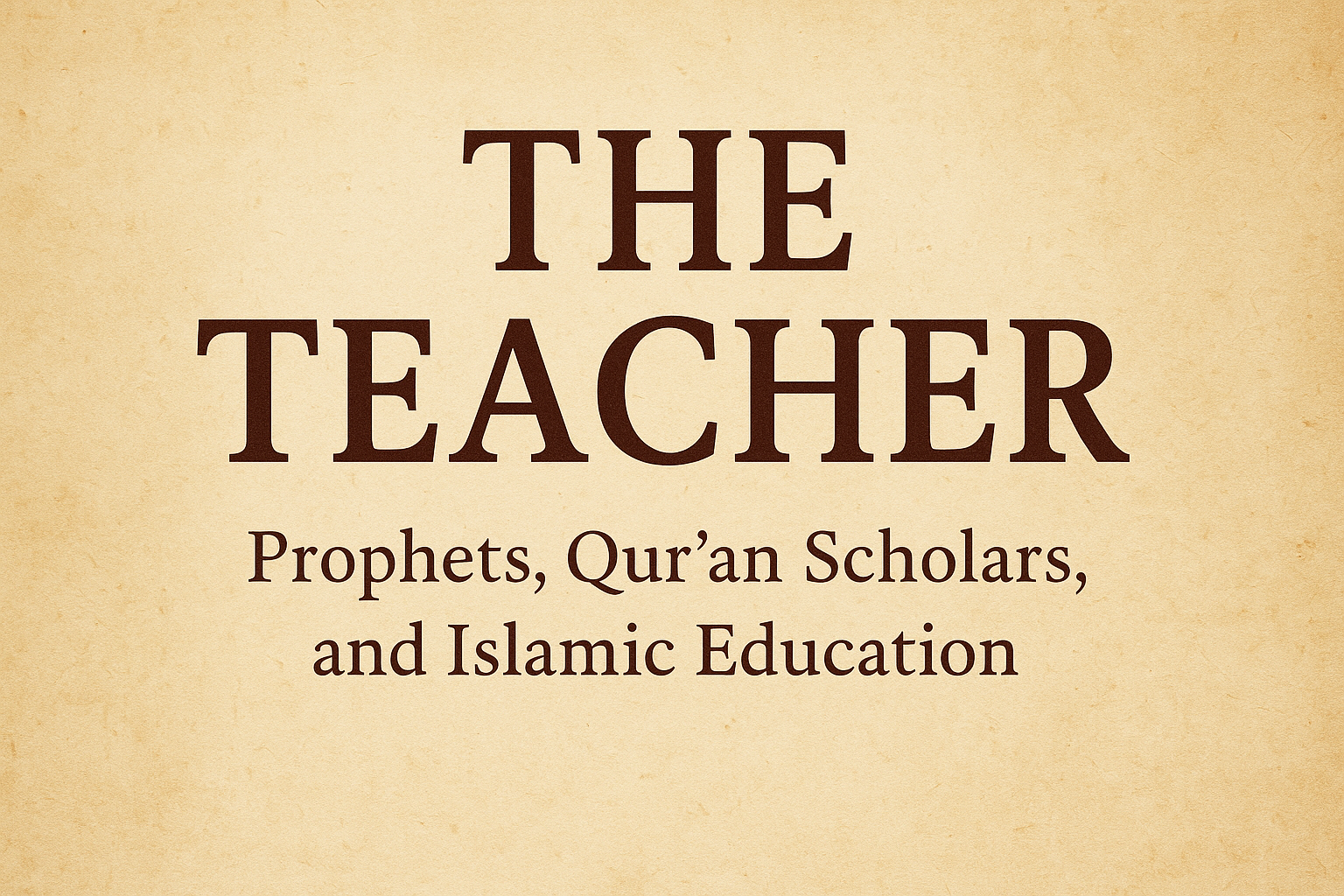
The Teacher -1
16 September 2025 -
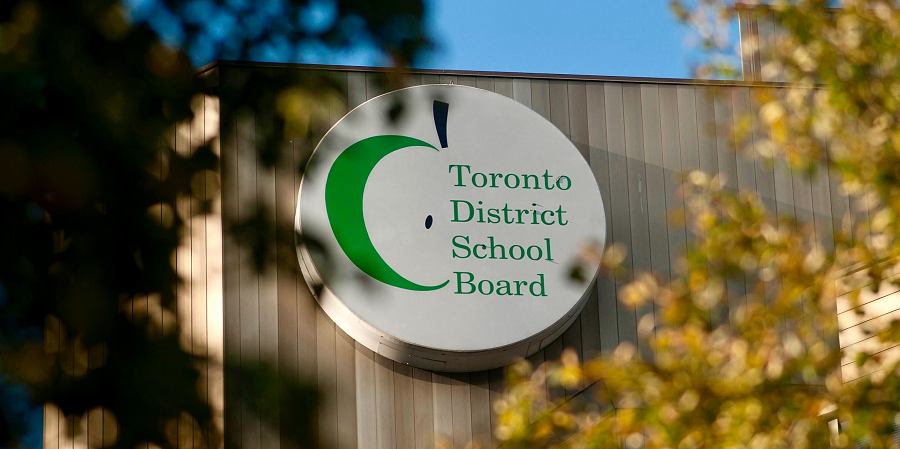
A Call to Slash Wasteful Spending in Ontario Public Schools and End Ideological Indoctrination
04 September 2025 -
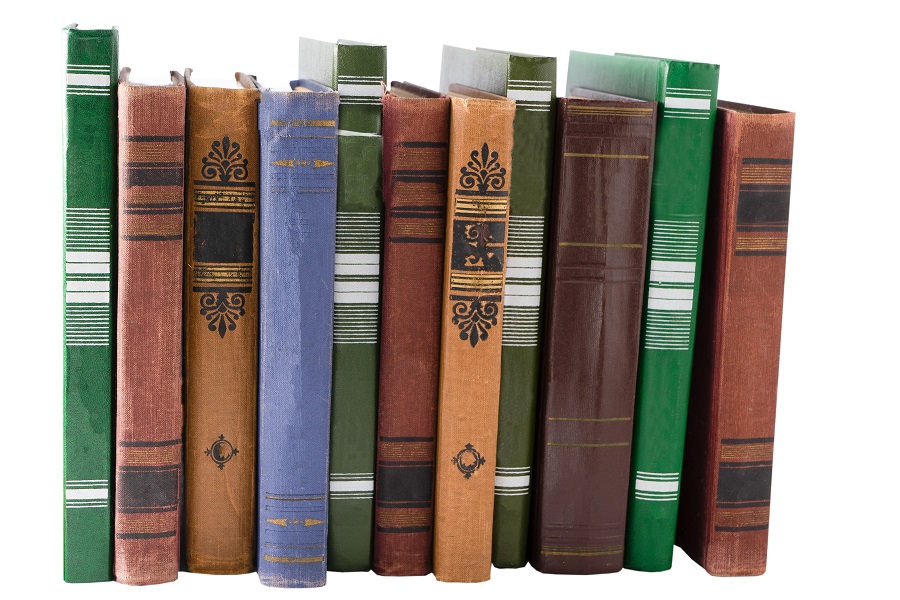
The Priorities of Education
19 August 2025 -
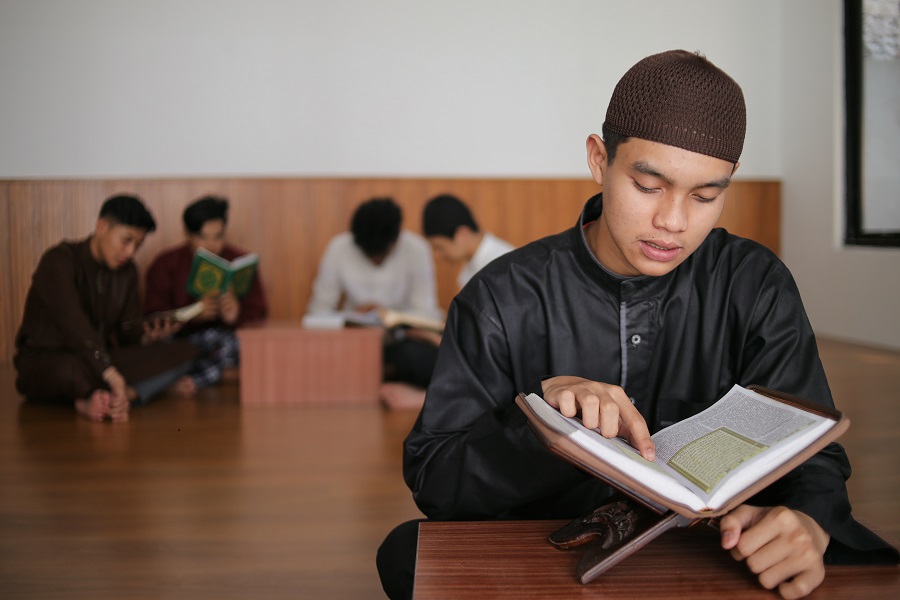
The Purpose and Objective of Education
12 August 2025 -
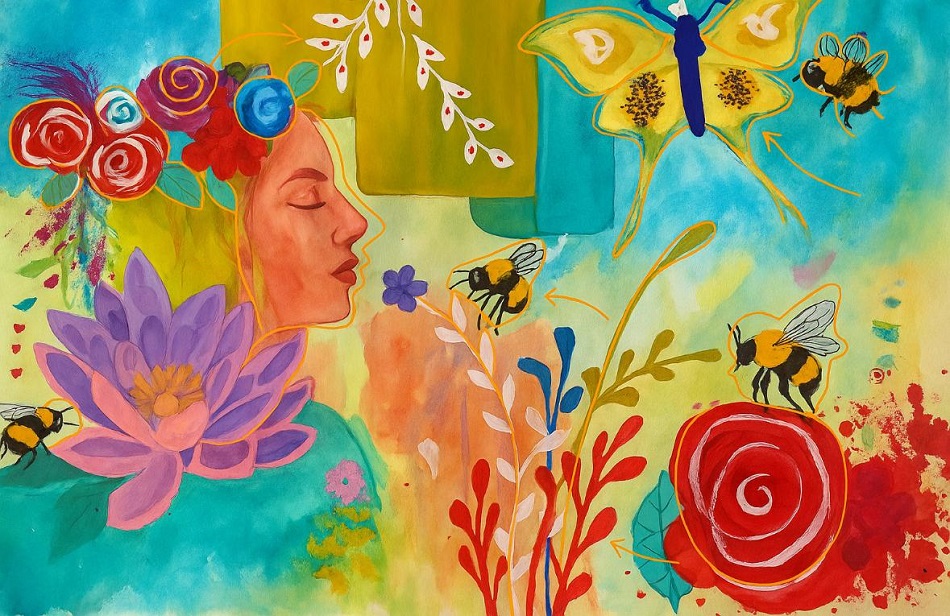
Embracing Autism is Embracing Your Child
07 August 2025 -

How to Start a Private School in Ontario, Canada
04 August 2025

Comments
Abrar Azam
Begum Saulatunnessa lived at 6 Beliaghata road, Kolkata, India passed away in the year 1910 left al her property to KolkataWaqf. There is a madrasa now school in her ancestral village Sathatia, West Bengal in her name still running. Her father’s name is Munshi Md. Ejabatulla and husbands name is Latafat Hossain from Nadia district. There is a road in Beliaghata, Kolkata in her husbands name Latafat Hossain Lane.